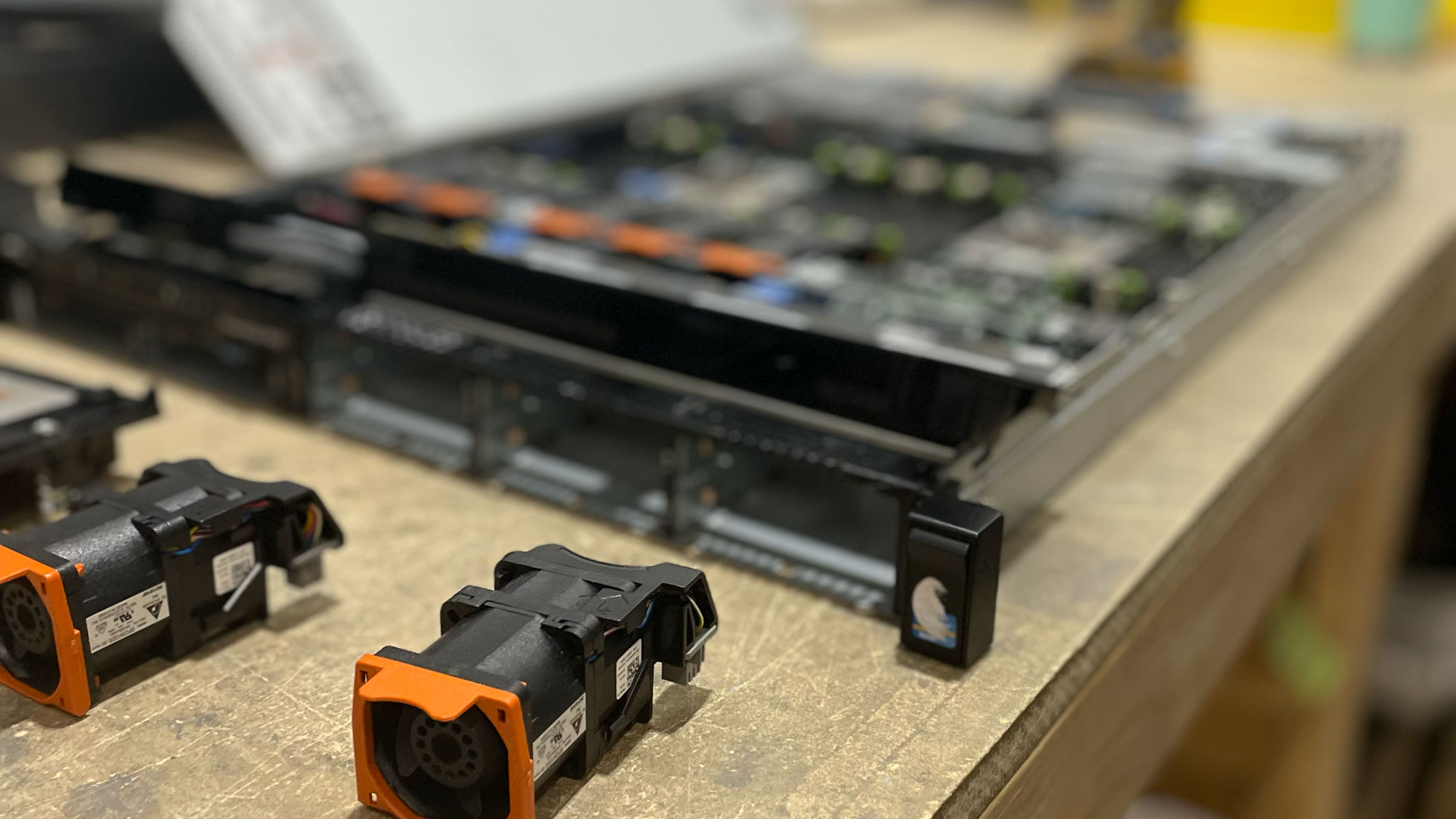Overview of Smart City Initiatives
Smart-city initiatives rely on sensors, cameras, and handheld devices to gather and organize data on geographic information systems and other geospatial systems. This data enables planners and decision-makers to address various issues such as traffic management. A crucial component of this data is aerial photography, which improves geospatial referencing and supports 3D modeling.
Integration of Aerial and Geospatial Photography
The use of aerial and geospatial photography is not new to city planners and engineers. However, integrating this data into traditional GIS systems poses a new challenge, especially with the wide array of geospatial vendors available. The current financial constraints due to the COVID-19 pandemic further complicate decision-making for city budgets.
Challenges and Solutions for Governments
Many vendors are competing for the attention of governments seeking geospatial solutions. Governments must carefully select technology that aligns with their needs and delivers value within budget constraints. Additionally, the skills of GIS system specialists need to evolve to encompass new technologies like Internet of Things and aerial imagery.
Integration of Geospatial Solutions
Historically, aerial imagery files and video imagery have been stored separately from GIS and other geospatial systems. As cities recognize the need to combine imagery with factual data, integration becomes essential. Establishing strong relationships between content providers and geospatial technologies is crucial for enhanced interactions.
Leveraging Industry-Standard APIs for Integration
The adoption of common industry-standard APIs facilitates the integration of aerial imagery into core systems, enabling clear data representation. This integration enhances geospatial awareness and improves the functionality of GIS tools. Cities like Sioux Falls, South Dakota, have successfully leveraged aerial imagery for civic projects, demonstrating the benefits of GIS integrations.
Key Actions for Municipalities
To maximize the benefits of GIS integrations, municipalities should focus on:
- Ensuring their GIS systems are updated with the latest software releases containing a library of APIs.
- Reviewing RFPs to ensure proposed solutions are compatible with standard APIs for geospatial and GIS systems.
- Providing comprehensive training for GIS staff to enhance their skills and incorporate new uses into GIS systems.
The proactive approach taken by many cities in enhancing their GIS capabilities sets a positive precedent for others to follow.






No Comment! Be the first one.